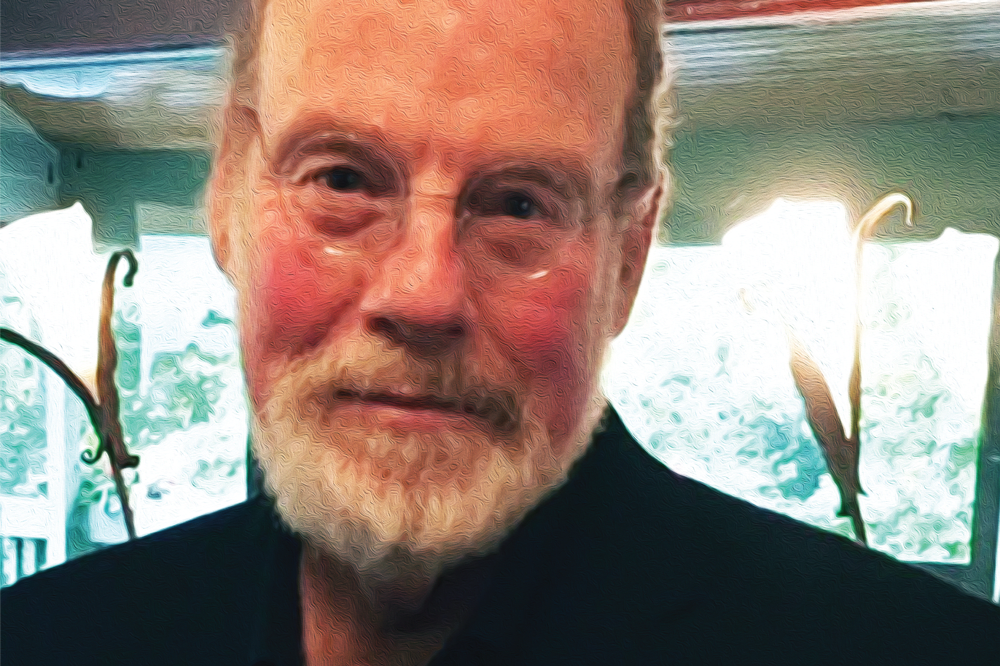RNA folding is essential for life – so why do we know so little about it? Previous efforts to visualize the process were based on approximations and assumptions, but researchers at Northwestern University don’t need to assume – they have captured the data using their new tool, Reconstructing RNA Dynamics from Data (R2D2) and used computer models to produce videos of Escherichia coli signal recognition particle RNA folding (1).
In the R2D2 video above, the RNA molecule folds itself into knots before quickly untying itself and finding the correct structure – something never seen before. “We think the RNA has evolved to untie itself from knots because if knots persist, it can render the RNA nonfunctional,” said Julius Lucks (2), lead researcher on the study. “The structure is so essential to life that it had to evolve to find a way to get out of a knot.”
Genome Mapping Technology Case Study
Frances High explains how she used optical genome mapping to analyze structural variations in a large cohort of patients with congenital diaphragmatic hernia.

References
- AM Yu et al., Mol cell, [Online ahead of print] (2021). PMID: 33453165.
- Northwestern University (2021). Available at: http://bit.ly/3pr6cSk.




